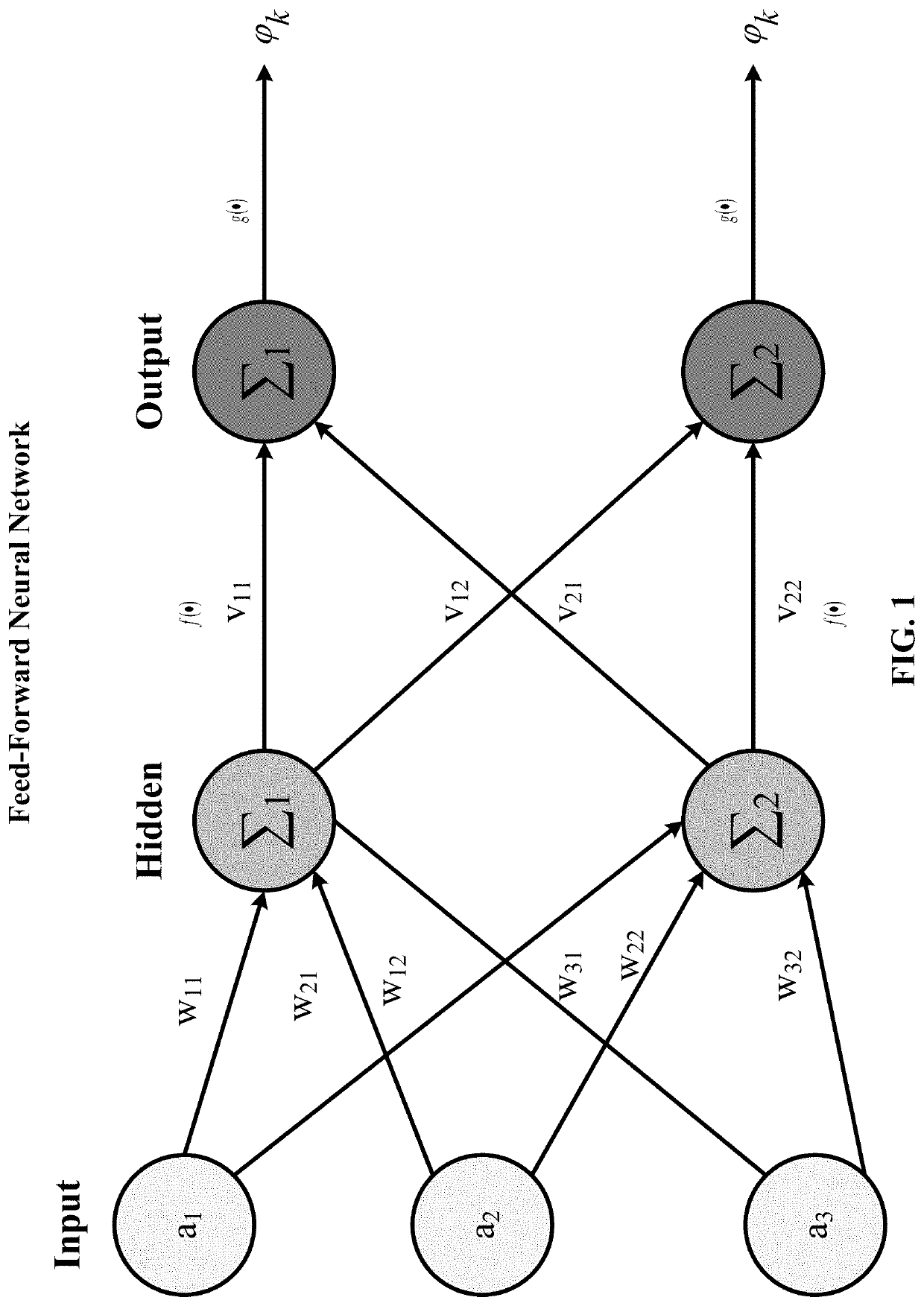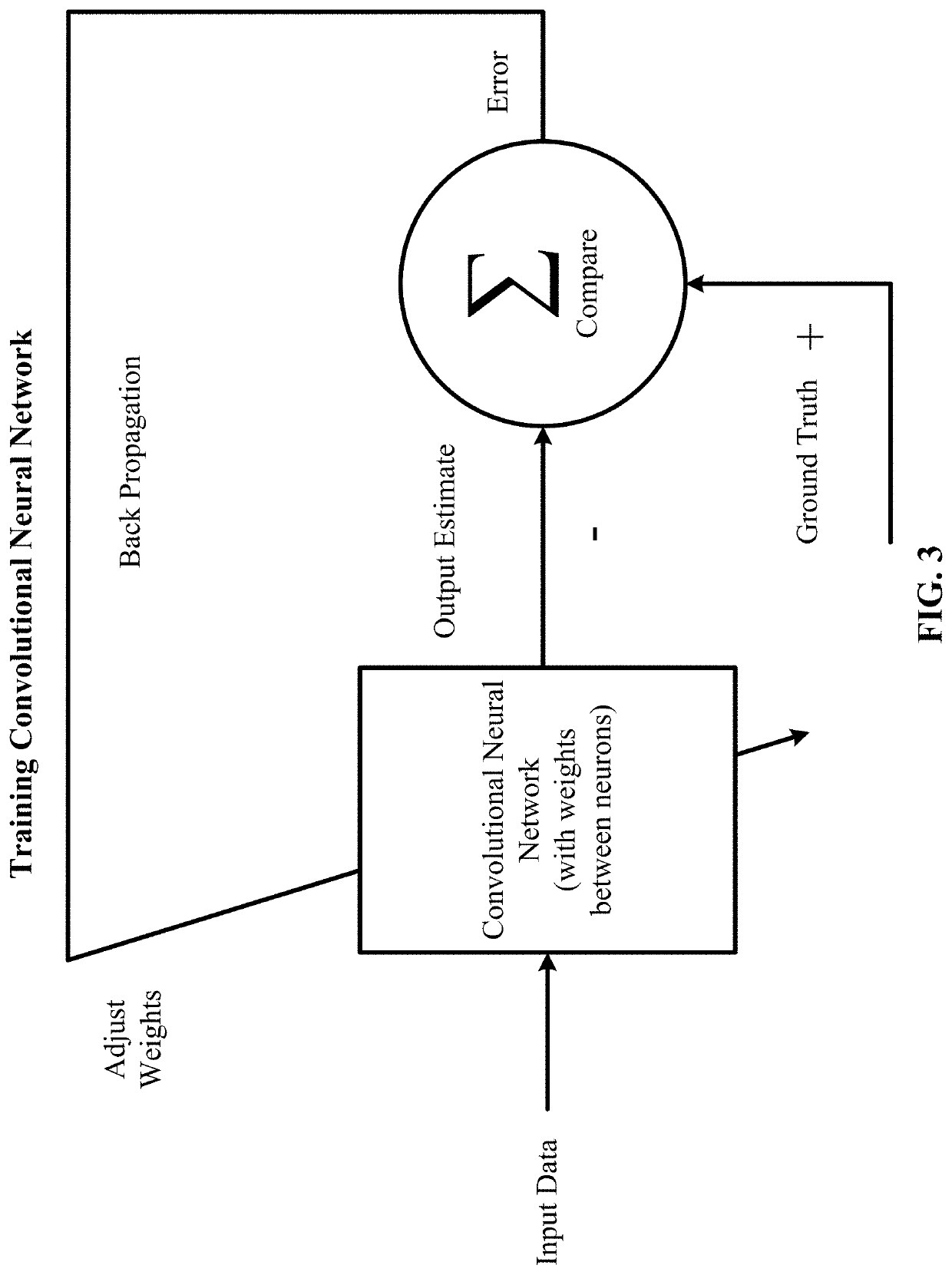Residual connections tackle two common problems that plague any large-scale deep-learning model: vanishing gradients and representational bottlenecks.
However, the identity function and the output of Hl are combined by summation, which may impede the information flow in the network.
The internal
covariate shift is the major reason why deep architectures have been notoriously slow to
train.
The
covariate shift in general is a known problem in the
deep learning domain and frequently occurs in real-world problems.
A common
covariate shift problem is the difference in the distribution of the training and
test set which can lead to suboptimal generalization performance.
However, especially the whitening operation is computationally expensive and thus impractical in an
online setting, especially if the covariate shift occurs throughout different
layers.
Global average
pooling can be particularly effective if the last layer features are at a sufficient abstraction for direct classification; however, global average
pooling alone is not enough if multilevel features should be combined into groups like parts models, which is best performed by adding a simple fully connected layer or other classifier after the global average
pooling.
Modeling the properties and functional effects (e.g.,
pathogenicity) of variants is an important but challenging task in the field of
genomics.
Despite the rapid advancement of functional
genomic sequencing technologies, interpretation of the functional consequences of variants remains a great challenge due to the complexity of
cell type-specific transcription regulation systems.
Such overwhelmingly large volumes of sequenced
DNA remain difficult to annotate.
The importance of variant classification for clinical applications has inspired numerous attempts to use supervised
machine learning to address the problem, but these efforts have been hindered by the lack of an adequately sized truth dataset containing confidently labeled benign and pathogenic variants for training.
Moreover, systematic studies identify that many human expert annotations have questionable supporting evidence, underscoring the difficulty of interpreting rare variants that may be observed in only a
single patient.
Although human expert interpretation has become increasingly rigorous, classification guidelines are largely formulated around
consensus practices and are at risk of reinforcing existing tendencies.
Objective benchmarking of the performance of these various methods has been elusive in the absence of an independent, bias-free truth dataset.
This reduces the convergence speed of the optimization
algorithm.
In other words, they are not trainable parameters.
However, the absence of common variants within a region of the
protein sequence may be due to strong purifying selection, or it may be due to technical artifacts that prevent variants from being called in the region.
The
data imbalance phenomenon arises when one of the classes to be predicted is underrepresented in the data because instances belonging to that class are rare (noteworthy cases) or hard to obtain.
Limited amounts of
labeled data naturally lead to weaker classifiers, but ensembles of weak classifiers tend to surpass the performance of any single constituent classifier.
We pursued a semi-
supervised learning strategy because of the lack of adequately sized datasets of confidently labeled pathogenic variants.
Moreover, most of the variants in human curated databases tend to be within a very small set of genes, making them mismatched for variants in benign training datasets, which are ascertained
genome-wide using human common variants or chimpanzee-human fixed substitutions.
Given how differently the datasets were ascertained, training a
supervised learning model with human-curated variants as the pathogenic set and
genome-wide common variants as the benign set is likely to introduce significant biases.
The motivation of choosing semi-
supervised learning is that human-curated variant databases are unreliable and noisy, and in particular, the lack of reliable pathogenic variants.
When the unknown variants are sampled randomly,
deep learning models often extract biased information and present trivial solutions.
In absence of proper control of
confounding effects,
deep learning can easily pick up on inadvertently introduced biases to discriminate between the classes.
When matching unlabeled variants for the
primate variants in the labeled benign dataset, we disallowed unlabeled variants from being selected from regions of the human
genome where that
primate species was not aligned in the
multiple sequence alignment, since it was not possible to call a variant in that
primate species at that position.
In some regions of human genome, it is known to be difficult to align reads.
Inclusion of those regions cause
confounding effects on the training and testing datasets.
This causes ascertainment bias between the benign and unknown sets.
However, we are still lacking reliable sources for pathogenic variants.
On the other hand,
solvent accessibility is affected by the long-range interactions between amino acids.
But increasing the number of ensembles fails to improve the performance further, indicating a saturation for ensembles.
However, we also required matching the 192 trinucleotide contexts between benign and pathogenic classes, which limits our sampling space substantially, leading to the quick saturation.
Since there lacks reliable annotated pathogenic variant samples, it is challenging to define stopping criteria for model training.
Understanding the means by which
machine learning algorithms solve problems is often difficult.
Consistent with the relatively compact size of
protein subdomains, we empirically observed that extending the size of the window to more than 51 amino acids did not further improve accuracy.
 Login to View More
Login to View More  Login to View More
Login to View More 


